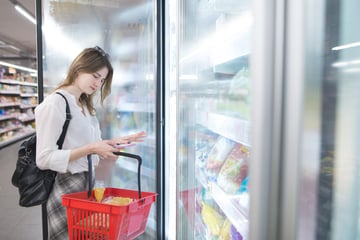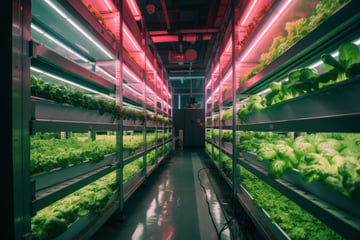Today’s consumers want more variety in their food, but they are also more critical of product labels. They want food supply chain transparency, especially about the origin of their products they buy. On the regulatory side, new laws stipulate a focus on preventing contaminated raw materials from getting into the food supply chain, rather than dealing with contamination in factories. For anyone involved in the supply chain, delivering on these expectations can be challenging.
Diversified consumer tastes mean that most products contain several ingredients sourced from multiple suppliers. So, how do you source ingredients that are safe while meeting the demands for transparency and sustainability in a complex supply chain?
Some strategies could significantly ease the process of sourcing:
- Prioritizing assessment and auditing of your supplier base,
- Collaborating with suppliers to improve your supply chain, and
- Adopting technology that allows deeper insight and visibility into your supply chain.
When the peanut butter crisis happened in 2009, more than 300 manufacturers had to recall their products because they were linked to the contaminated factory. Many customers of the now defunct Peanut Corporation of America were completely unaware of the company’s illegal practices. The old approach of trusting that your suppliers are doing the right thing isn’t enough anymore.
Your supplier’s safety practices are your business
To market authentically, you need to adopt a more proactive approach and develop a process for regularly assessing all your suppliers to ensure they follow industry safety regulations and standards.
One trend that some manufacturers have adopted is local food sourcing, It can save transportation costs and reduce the need for intermediaries. Locally sourced foods are gaining popularity among environmentally-conscious consumers. It checks off the boxes for freshness, low carbon footprint, and quality.
However, a Harvard Business Review article, Why Sourcing Local Food is So Hard for Restaurants, points out that adopting local sourcing isn’t going to make your supply chain less complicated. In fact, it may present more problems in the areas of safety and testing. To successfully source locally, you have to invest in testing programs to ensure that local suppliers follow food safety standards.
The message here is that irrespective of your sourcing methods, you need to be more involved and aware of your suppliers’ safety practices.
Collaboration helps you get there faster
Forming strong relationships with your suppliers can boost your efforts at transparency. A recent article, “Supply Chain Complexity: The Catalyst for Food Safety Failure” in Food Logistics Magazine suggests treating your suppliers as an extension of your business and elevating their status from vendors to partners and collaborators. Some of the strategies recommended include:
- Working together to improve the supply process
- Sharing sustainability best practices, and
- Using the same performance indicators.
Technology makes it easier
A key factor to supply chain management success is accurate record keeping and documentation. Disorganized records can create problems in the event of a food recall. Adopting the right technology is critical for achieving food supply chain transparency.
Trustwell is the leading provider of food safety, traceability, and supply chain management software. To learn how Trustwell's FoodLogiQ can give you greater control over your supply chain, request a demo.
Other posts you might be interested in
View All Posts
Recall
5 min read
| March 28, 2019
Food Safety in Frozen and Ready-to-Eat Foods
Read More
Food Safety
6 min read
| June 23, 2016
5 Things to Do When Recalling Food
Read More
Supplier Compliance
9 min read
| August 24, 2023

